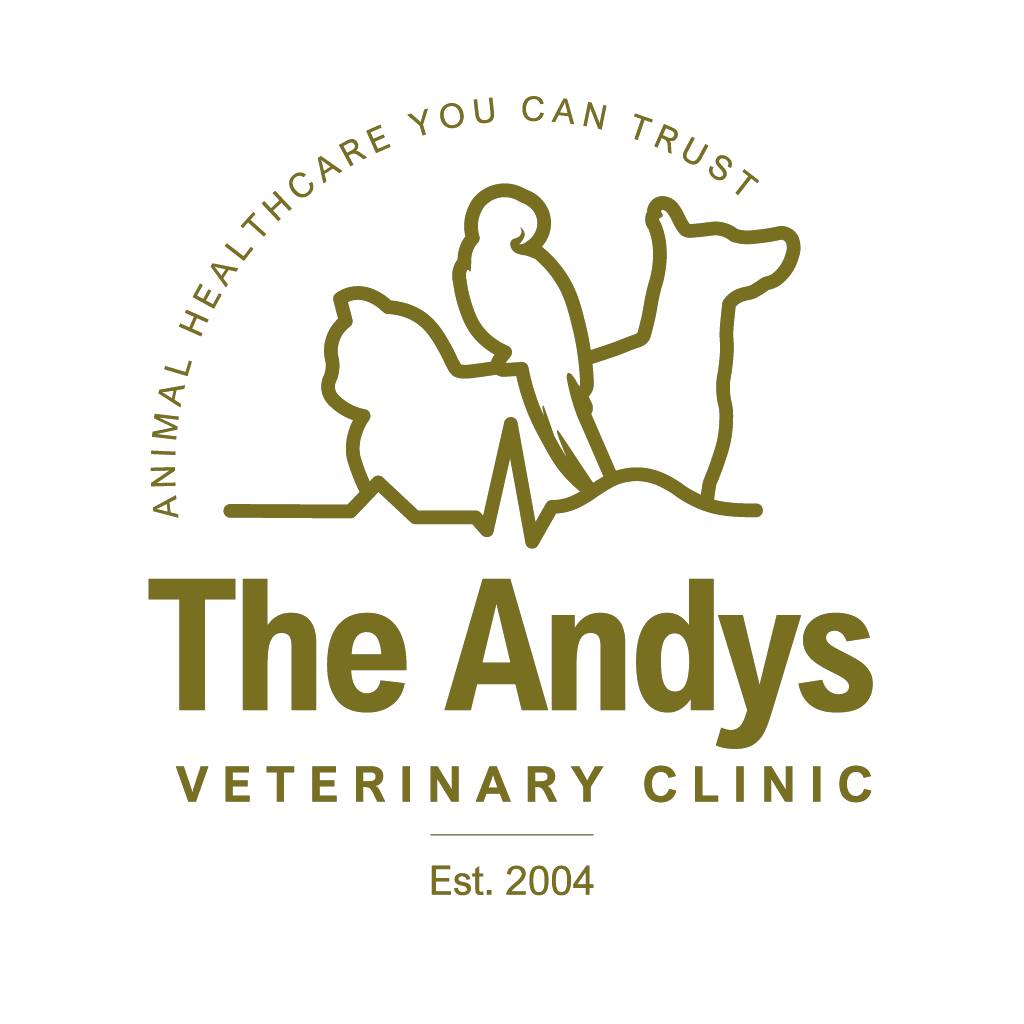Common Poisoning for pets

There are many ways your pet can get poisoned by ingesting things commonly found around homes. Other times pet owners unknowingly give food substances to their pets that are poisonous. Here are the most common pet poisons that come to our hospital.
House hold cleaning products
Ingestion of soaps may not be toxic but may cause vomiting and diarrhoea associated with gastrointestinal irritation. House hold bleaches contain hypochlorite or sulphuric compounds are toxic and will cause hyper salivation, abdominal pains, vomiting, coughing and dyspnoea.
Garbage intoxication
This comes from ingestion of spoiled food and compost. This is common with dogs and organisms implicated food poisoning includes E.coli, salmonella spp, staphylococcus, streptococcus among others. Signs of poisoning includes vomiting, diarrhoea (may be bloody), fever and endotoxic shock.
Incidence of food poisoning happens especially during t the festive season and the owner may provide the history of the dog scourging in the garbage.
Chocolate poisoning
This comes from ingestion of chocolate cakes, bars or cocoa powder. Chocolates have an active ingredient known as theobromine which dogs and cats cannot process it out from their body resulting to poisoning. Chocolate poisoning is seen during the holiday seasons or celebrations. Signs include vomiting, diarrhoea, muscle tremors confusion, seizures and sometimes death.
Ethylene Gycol intoxication
This commonly found in car coolants, solvents and rust removers. Dog just needs about 4 mls per kg and cats 1.5 ml/kg to cause neurological, cardio-respiratory and renal disease. Pets usually have history of exposure and pet owner’s report that the pet is walking like it is drunk. Other signs include anorexia, lethargy, seizures and vomiting.
Acetaminophen/Paracetamol Toxicosis
Paracetamol poisoning happens when the owner may have administered this over the counter medication to their pet or the pet accidentally swallowed the tablets that had been dropped on the floor.
Cats are more affected than dogs by damage to their RBC, while dogs may suffer hepatic necrosis. Signs of poisoning in cats develop within 1 to 2 hours of ingestions and include progressive depression, vomiting, dark coloured urine and abdominal pain.
Aspirin toxicosis
Aspirin poisoning is more severe in cats than in dogs. Cats lack glucuronly transferase, an enzyme which is necessary for breaking down and excretion of aspirin. Toxic dose in cats is 25 mg/kg and signs of poisoning include depression, anorexia weakness and death. These signs develop within 4 to 6 hours of ingestion.
Marijuana and Hashish Toxicosis.
Marijuana and Hashish oils contains tetrahydrocannabinol (THC), which interacts with neurotransmitters and dogs get more affected than cats.
Pets usually gain exposure through ingestion of left over’s baked goods containing marijuana, or from ingesting the butts of marijuana cigarettes. Signs of poisoning are visible within 30 minutes to an hour after ingestion. These signs will include dullness, lethargy, dilated pupils vomiting, tremors and acute aggression.
Anticoagulant rodenticide Toxicosis
This happens when the owner has placed some rat baits, and the pet was poisoned primarily by ingestion of the bait or secondarily from consuming a poisoned rat. Some of the signs of poisoning will manifest clinically days and even up to weeks after consumption of the rodenticides.
Acaricide poisoning
They include Amitraz, Organophosphates and pyrethrins which are insecticides used in flea and Tick control. Poisoning occurs when the pet accidentally licks the acaricide or through the skin after the pet has been washed. Cats appear to be more predisposed to having severe signs of pyrethroid, organophosphate and amitraz poisoning. Amitraz should never be used on cats.
Others
Mushroom poisoning; some species of mushrooms cause death in pets especially the ones that grow in the wild. The owner may be able to provide history of exposure, and signs of poisoning include abdominal pain, weakness, diarrhoea, depression, hallucinations, seizures, vomiting and death.
Snake bite/Spider sting envenomation: Seen in dry and arid areas and the common bites come from puff adders and cobras. The toxicity of envenomation depends upon the species of snakes and the amount of venom injected. Boom slang envenomation, while it is not usually lethal to an adult human, may be lethal to a dog or cat.
Cats are more sensitive to spider bites (Black widow spiders), than dogs and signs may include hyper salivation, severe pain and paralysis.
Treatment
It is important to seek medical help from your veterinarian as soon you have noticed unusual behaviour from your pet or you suspect that you pet could have consumed a poisonous substance.
The Andys Veterinary Hospital.




